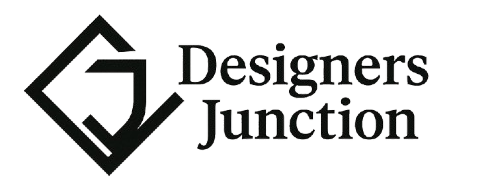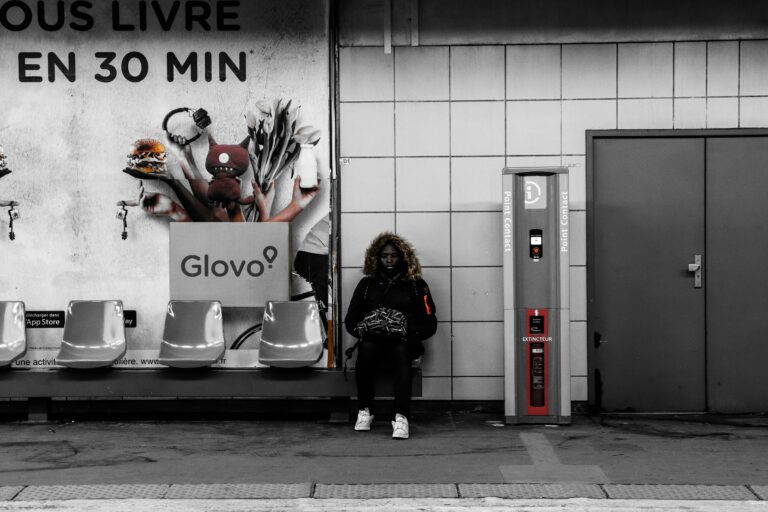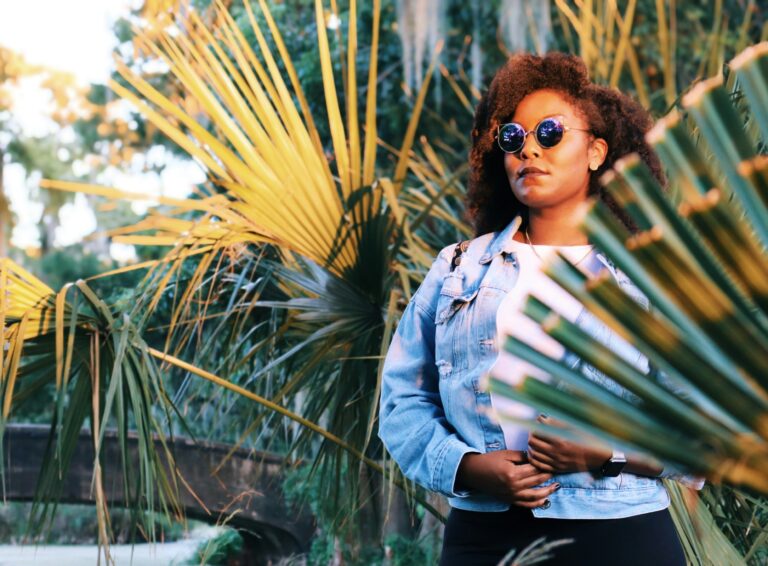Learn how to become an art director, explore work environments in fashion, advertising, and film, and discover key skills for success.
How to Become an Art Director: Career Path, Skills & Work Environment

Thinking about becoming an art director but unsure where to start? This guide will help you understand exactly how to become an art director, what the role entails, and what kind of art director work environment you can expect—whether you’re entering fashion, advertising, media, or film.
If you’re a creative thinker who thrives on visual storytelling, collaboration, and leadership, art direction may be your perfect career path.
Contents
What Does an Art Director Do?
An art director is responsible for the visual style and direction of a project. They oversee teams of designers, photographers, stylists, and other creatives to bring a concept to life. Art directors shape how ideas are seen—through print, video, digital campaigns, or fashion editorials.
Depending on the industry, an art director may:
- Develop campaign concepts or moodboards
- Supervise shoots or set designs
- Approve typography, color schemes, and layouts
- Collaborate with writers, creative directors, and clients
- Manage timelines and ensure visual consistency
From luxury fashion brands to blockbuster films and global ad campaigns, art directors make the visual language memorable and impactful.
How to Become an Art Director: Step-by-Step Guide
Step 1: Start With a Creative Foundation
Most art directors begin as graphic designers, illustrators, or photographers.
- Educational path: A bachelor’s degree in graphic design, visual arts, communication, or fashion design is standard.
- Supplement with short courses in art direction, photography, branding, or creative strategy.
Step 2: Gain Experience in Design or Creative Fields
Start as a junior designer, art assistant, or content creator. Use this time to learn:
- Creative software (Adobe Creative Suite, Figma, etc.)
- Visual storytelling
- Working within brand guidelines
Step 3: Build a Portfolio That Shows Vision
Your portfolio should show that you can lead creative work—not just execute it.
Include:
- Moodboards
- Campaign case studies
- Editorial layouts
- Branding systems
💡 Tip: Use your portfolio to demonstrate range—show both fashion campaigns and digital advertising if possible.
Step 4: Grow Into Leadership Roles
As you gain experience:
- Take ownership of projects
- Direct junior creatives
- Develop your creative voice
- Apply for senior designer or associate art director positions
Eventually, this leads to full art director roles, and later, creative director opportunities.
Art Director Work Environment: What to Expect
Understanding the art director work environment is essential before committing to this career. It varies based on industry but often includes:
| Environment | Typical Characteristics |
|---|---|
| Advertising Agency | Fast-paced, deadline-driven, high client interaction |
| Fashion House or Magazine | Trend-focused, highly aesthetic, often travel-based |
| Film/TV Studio | Long shoots, set design collaboration, intensive scheduling |
| In-House Brand Studio | More stable hours, brand consistency focus |
| Freelance or Consultancy | High creative freedom, requires self-management & networking |
Flexibility is key: Many art directors juggle freelance projects, agency work, or brand collaborations.
Key Skills Needed to Become an Art Director
| Skill | Why It Matters |
|---|---|
| Creative Vision | Conceptualizes ideas others execute |
| Leadership | Manages teams and guides feedback |
| Communication | Bridges designers, clients, and stakeholders |
| Attention to Detail | Maintains consistency across visual assets |
| Software Proficiency | Tools like Photoshop, Illustrator, InDesign, Figma |
You’ll also need to be adaptable—trends, tech, and client expectations shift constantly.
Career Growth & Salary Expectations
According to Glassdoor, the average salary for an art director in the U.S. is $95,000–$120,000/year, with top creatives earning $150k+.
Career progression paths include:
- Art Director → Senior Art Director → Creative Director
- Art Director → Brand Director
- Art Director → Freelance Consultant / Studio Owner
Final Thoughts: Is Art Direction the Right Career for You?
If you’re passionate about aesthetics, love leading visual projects, and want to bring big ideas to life, then pursuing a career in art direction might be your calling.
Whether you’re drawn to fashion editorials, blockbuster sets, or global ad campaigns, knowing how to become an art director and what the art director work environment entails is the first step toward making your creative mark.
Ready to begin? Start building your portfolio, find mentors, and explore entry-level creative roles that put you on the path to visual leadership.
FAQs: How to Become an Art Director & Understanding Their Work Environment
What is the role of an art director?
An art director oversees the visual concept of a project, guiding designers, photographers, stylists, and illustrators to ensure all creative elements align with a unified vision.
What industries hire art directors?
Art directors work in fashion, film, publishing, advertising, gaming, UI/UX, theater, television, and even architecture or interior design firms.
What education do you need to become an art director?
Most art directors have a bachelor’s degree in graphic design, visual arts, communication, fashion design, or a related creative field. Some pursue a master’s in art direction or creative leadership.
How long does it take to become an art director?
It typically takes 5–10 years, starting in junior creative roles and building experience in visual storytelling, design, and leadership.
Do art directors need a master’s degree?
Not always. While a master’s can help in competitive fields like fashion or film, a strong portfolio and experience often weigh more heavily.
Can you become an art director without a degree?
Yes, especially in creative industries. Many self-taught designers and photographers become art directors by building an impressive portfolio and network.
What does the career path to art director look like?
Most begin as junior designers, assistants, or creatives, then progress through roles like senior designer, visual lead, or associate art director before taking on the full role.
What skills are essential to becoming an art director?
Key skills include leadership, concept development, visual design, typography, photography direction, communication, and project management.
What’s the work environment of an art director like?
Art directors typically work in fast-paced, creative environments—such as design studios, fashion houses, or production sets—with tight deadlines and high collaboration.
Do art directors work in offices or remotely?
Both. Many work in office-based teams, especially in agencies and media. However, remote and hybrid roles are increasingly common, especially in digital design and content.
Do art directors travel for work?
Yes, particularly in fashion, film, and advertising. They may travel for shoots, shows, creative meetings, or production oversight.
Is the job of an art director stressful?
It can be. Art directors juggle deadlines, creative expectations, and leadership responsibilities. But for creative minds, it’s also one of the most fulfilling roles.
What tools or software do art directors use?
Adobe Creative Suite (Photoshop, Illustrator, InDesign), Figma, Lightroom, and sometimes motion tools like After Effects or 3D software like Blender or Cinema 4D.
What is the salary range for art directors?
In the U.S., art directors earn from $65,000 to $150,000+, depending on experience, industry, and location.
How do art directors differ from creative directors?
Art directors lead the visual side of a project. Creative directors oversee the entire creative vision, including strategy, messaging, tone, and visuals.
What industries offer the highest pay for art directors?
Advertising, film and TV, fashion, and tech (especially product design and branding) tend to offer the highest salaries.
Are there freelance art director opportunities?
Yes. Freelance art direction is common in fashion, publishing, branding, and digital content creation.
What does an art director do on a film set?
They translate the director’s vision into the film’s visual world—designing sets, overseeing props, and coordinating with production designers and set decorators.
What does a fashion art director do?
Fashion art directors create and guide the visual identity of fashion campaigns, editorial shoots, runways, and digital content for fashion brands or magazines.
How important is networking to becoming an art director?
It’s critical. Most art director jobs are filled through referrals or connections in creative circles rather than open applications.
Do art directors manage teams?
Yes. They lead designers, illustrators, stylists, editors, and other creatives to execute a unified visual concept.
Can art directors work in video game design?
Absolutely. Game studios often have art directors overseeing characters, environments, and visual storytelling elements.
Is art direction a full-time job?
Yes, typically. Art directors usually work full-time and may put in long hours, especially close to campaign or production deadlines.
What’s the best way to build a portfolio for art direction?
Focus on conceptual storytelling, campaign development, branding, and collaborative projects. Show how you guide visuals from concept to execution.
Can photographers become art directors?
Yes. Many art directors start in photography and move into broader visual leadership roles.
How do art directors stay creative under pressure?
They develop systems like mood boards, visual libraries, and creative rituals—and often draw from art, fashion, architecture, and culture for inspiration.
What’s the difference between a senior designer and an art director?
Senior designers execute ideas. Art directors conceptualize and lead the design vision, often reviewing and directing multiple designers.
What are junior roles that can lead to art direction?
Junior designer, design assistant, production artist, layout designer, and even editorial assistant or content producer.
What are some famous art directors in fashion or film?
Fabien Baron (fashion), Hannah MacGibbon, Dennis Gassner (film), and Grace Coddington (editorial creative director).
How do art directors contribute to branding?
They develop the visual language of a brand—color palettes, typography, imagery style—and ensure consistency across all channels.
What’s the difference between art direction and visual design?
Visual design is the execution of visuals. Art direction is the strategic, conceptual leadership guiding those visuals.
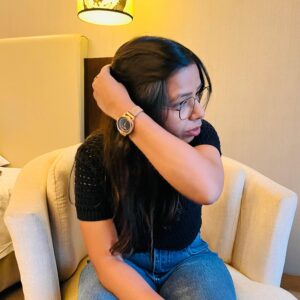
Shikha Singh
Keep in touch with our news & offers
Subscribe to Our Newsletter
Thank you for subscribing to the newsletter.
Oops. Something went wrong. Please try again later.
